Valueerror Could Not Convert String To Float
Have you ever come across an error message saying “ValueError: could not convert string to float”? If you have, don’t worry; you’re not alone. This error occurs when your program attempts to convert a string to a float data type, but fails due to incompatible characters or formatting. In this article, we will explore the reasons why this error occurs, common causes for it, and learn how to handle it effectively.
What is ValueError: Could Not Convert String to Float?
In Python, ValueError is a built-in exception that occurs when a function receives an argument of the correct type, but with an inappropriate value. “Could not convert string to float” is a specific type of ValueError that arises when the program tries to convert a string to a floating-point number but encounters invalid or incompatible characters.
Types of Values that Can Cause the Error
There are various types of values that can lead to the “could not convert string to float” error. Some examples include:
1. Alphabetic Characters: If the string contains any alphabetic characters, like letters or symbols, it cannot be converted to a float.
2. Empty Strings: An empty string does not represent any numerical value and cannot be converted to a float.
3. Strings with Commas or Spaces: If the string contains commas or spaces, the conversion to a float will fail.
4. Infinity or NaN Values: Special cases like infinity (inf) or NaN (Not a Number) cannot be converted to a float.
Common Causes for the Error
The “could not convert string to float” error can stem from several common causes, including:
1. Incorrect Data Type: If the variable or input is not of string type, attempting to convert it directly to a float will result in a ValueError.
2. Invalid Characters: The presence of any inappropriate characters within the string will prevent the conversion to float.
3. Improper Formatting: If the string does not follow the proper formatting rules for float values, like containing commas or spaces, the conversion will fail.
How to Handle the Error
Handling the “could not convert string to float” error is crucial for ensuring the smooth execution of your program. Here are some approaches to tackle this issue effectively:
1. Using Try-Except to Catch ValueError: Surround the code that attempts the conversion with a try-except block. Catch the ValueError specifically and handle it gracefully, such as displaying a friendly error message to the user.
2. Using the isnumeric() Method to Check for Numeric Values: Before converting the string to a float, you can use the isnumeric() method to check whether the string consists of only numeric characters. If it returns True, you can safely proceed with the conversion.
3. Importance of Checking for Invalid Characters: It is essential to identify and remove any invalid characters from the string before converting it to a float. This can be accomplished using string manipulation techniques or regular expressions.
4. Converting String to Float with Decimal Points: If you encounter strings with decimal points that cannot be converted to a float, ensure that the decimal separator is in the correct format. In some locales, a period (.) is used as the decimal separator, while others use a comma (,).
5. Dealing with Strings that Contain Commas or Spaces: If the string contains commas or spaces, you need to remove them before converting the string to a float. Replace commas with periods and remove any spaces using string manipulation methods.
6. Using Regular Expressions to Remove Invalid Characters: Regular expressions can be a powerful tool to identify and remove any invalid characters from the string that prevent conversion to a float. Use regex patterns to extract numeric values and discard the rest.
7. Handling Special Cases like Infinity or NaN Values: If you have strings representing special cases such as infinity or NaN values, handle them separately to avoid the “could not convert string to float” error. Assign these values directly to the float variable rather than using conversion.
FAQs
Q: Could not convert string to float
A: This error occurs when a program attempts to convert a string to a float, but incompatible characters or formatting prevent the conversion.
Q: Could not convert string to float Python CSV
A: When working with CSV files in Python, the error can occur if the file contains strings that cannot be converted to float.
Q: Convert string to float Python
A: To convert a string to a float in Python, you can use the float() function. However, ensure that the string only contains numerical characters and complies with proper formatting rules.
Q: Could not convert string to float pandas
A: When using the pandas library in Python, this error may arise if you try to convert a string column to a float column without addressing the incompatible values.
Q: Seaborn heatmap could not convert string to float
A: This error can occur while creating a seaborn heatmap if the values in the dataset are stored as strings and cannot be directly converted to float.
Q: Could not convert string to float heatmap
A: The error may arise when trying to create a heatmap using numerical values stored as strings in the dataset.
Q: Python float to string
A: To convert a float to a string in Python, you can use the str() or format() function. These methods allow you to control the precision and formatting of the resulting string.
Q: Convert string with comma to float Python
A: If you have a string representation of a float containing commas, you need to remove the commas before converting it to a float. Replace the commas with periods using the replace() function.
In conclusion, the “ValueError: could not convert string to float” error is a common issue that occurs when trying to convert string values to float. By understanding the various causes of this error and utilizing appropriate handling techniques, you can resolve this issue and ensure the smooth execution of your Python program.
\”Debugging Python: Solving ‘Valueerror: Could Not Convert String To Float’\”
Why Can’T Python Convert String To Float?
Python is a powerful and flexible programming language that offers a wide range of functionalities. One common task in programming is converting data from one type to another. When it comes to converting strings to float values, Python usually handles it effortlessly. However, some scenarios may hinder the conversion process, and understanding why Python can’t convert a string to float in such cases is crucial for developers. In this article, we will explore the reasons behind this limitation in Python and provide insights on how to overcome these challenges.
Python’s built-in float() function is designed to convert a string to a floating-point number. The conversion is straightforward when the string contains a valid representation of a float, such as “3.14” or “-2.5”. However, if the string has certain characteristics, the conversion may fail, leading to an error or unexpected results. Let’s delve into the factors that can prevent Python from converting a string to a float:
1. Invalid characters:
If the string contains characters that are not valid in a float representation, Python will raise a ValueError. For example, if the string contains alphabetic characters or special symbols like “@”, “$”, or “&”, the conversion will fail. Python expects a string that represents a number using the standard digits (0-9), along with a decimal point or an optional sign (+ or -).
2. Leading or trailing whitespace:
Python’s float() function only considers the characters within the string that represent the float value. Therefore, any leading or trailing whitespace will prevent the conversion. To resolve this issue, it is necessary to remove any extra whitespace from the string before attempting the conversion.
3. Locale-related issues:
Python’s float() function follows the standard decimal notation for floating-point numbers. In some regions, however, a different notation might be used, such as using a comma (“,”) as the decimal separator instead of a period (“.”). For instance, in Europe, the number “3.14” is represented as “3,14”. This disparity can cause Python to fail in converting strings with non-standard decimal representations. A possible solution is to replace the non-standard decimal separator with the appropriate format before conversion.
4. Overflow or underflow:
Python has a finite range for floating-point numbers. If a string represents a float that is too large or too small to be accommodated within this range, Python will raise an overflow or underflow exception. To handle these situations, it is vital to check the validity and size of the string before attempting the conversion.
5. Incorrect string format:
The string must have a valid format to be converted into a float. For example, if the string has multiple decimal points, Python can’t interpret it as a valid float representation. Similarly, presence of leading zeroes before the decimal point, exponential notation without a valid suffix (“e” or “E”), or any other formatting inconsistencies can result in the conversion failure.
Now that we have explored the reasons why Python may fail to convert a string to float, let’s address some frequently asked questions related to this topic:
FAQs:
Q: How can I convert a string with commas as decimal separators to a float?
A: One possible solution is to replace the commas with periods before converting the string to a float. For instance, you can use the replace() method in Python to replace all occurrences of commas with periods: str_with_commas.replace(“,”, “.”). Then, you can use the float() function to convert the modified string into a float.
Q: How can I handle strings representing very large or very small floating-point numbers with precision?
A: Python’s float() function has limitations regarding precision for extremely large or small numbers. In such cases, it is advisable to use the decimal module, which provides better precision and control over floating-point conversions. The decimal module can handle decimal representations more accurately and can be used to convert strings to decimal or float values.
Q: How can I parse scientific notation strings to floats?
A: Python’s float() function can handle scientific notation strings in the form “1.23e+12” or “1.23e-12”. However, if the string follows a different notation, Python will raise a ValueError. To overcome this, you can first normalize the string to the standard scientific notation and then convert it to a float. Regular expressions or string manipulation techniques can be used to achieve this.
In conclusion, Python provides a versatile float() function for converting strings to float values. However, certain factors like invalid characters, whitespace, locale differences, format inconsistencies, and overflow/underflow conditions can hinder this conversion. By understanding these limitations and applying appropriate techniques, developers can effectively handle the conversion process and utilize Python’s capabilities to their advantage.
How To Convert From String To Float Python?
Python is a powerful programming language widely used for various tasks, including data manipulation and analysis. When working with data, it is common to encounter strings that need to be converted to float values for mathematical calculations or other purposes. This article will explore the process of converting a string to a float in Python and discuss the concepts involved.
Converting a string to a float is a straightforward process in Python. The built-in float() function can be used to achieve this conversion. This function takes a string argument and returns the floating-point representation of that string. Let’s take a look at an example:
“`python
string_num = “3.14”
float_num = float(string_num)
print(float_num)
“`
In the above code snippet, we have a string variable `string_num` with the value “3.14”. By passing this string to the `float()` function, we obtain the equivalent float value. The result is stored in the variable `float_num`. Finally, we print the float value using the `print()` function. Running this code will output:
“`
3.14
“`
The string “3.14” has been converted to the float value 3.14 successfully.
It is important to note that when converting a string to a float, the string must represent a valid numerical value. If the string contains non-numeric characters or is empty, a `ValueError` will be raised. Let’s consider an example:
“`python
invalid_string = “abc”
float_num = float(invalid_string)
print(float_num)
“`
Executing this code will result in a `ValueError`, as the string “abc” cannot be converted to a valid float value. If you encounter situations where the input string may contain non-numeric characters or empty values, it is recommended to include error handling to gracefully handle such scenarios.
Sometimes, when dealing with floating-point numbers, the input string may contain leading or trailing whitespace characters. These extra spaces can cause the conversion to fail. To ensure the successful conversion of a string to a float in such cases, it is crucial to strip any leading or trailing whitespace characters using the `strip()` method. Here’s an example:
“`python
string_num = ” 2.5 ”
float_num = float(string_num.strip())
print(float_num)
“`
By applying the `strip()` method to the string, any leading or trailing whitespace characters are removed before the conversion. The output will correctly be:
“`
2.5
“`
In Python, the `float()` function is quite versatile and can handle various string representations of floating-point numbers. It handles both integer and decimal values without any issues. Consider the following example:
“`python
int_num = “10”
float_num_1 = float(int_num)
float_num_2 = float(“5.5”)
print(float_num_1, float_num_2)
“`
The code snippet above converts the string “10” to the float value 10.0 and the string “5.5” to the float value 5.5. Printing these values will output:
“`
10.0 5.5
“`
Float numbers can also be represented using scientific notation. Python can handle these representations as well. Let’s take a look at an example:
“`python
sci_notation = “1.23e-5”
float_num = float(sci_notation)
print(float_num)
“`
In this case, the string “1.23e-5” is converted to a float, resulting in 0.0000123.
Frequently Asked Questions (FAQs):
Q: Can a string containing a non-numeric character be converted to a float?
A: No, a string must represent a valid numerical value to be converted to a float. If the string contains non-numeric characters, a `ValueError` will be raised.
Q: How can I handle conversion errors when dealing with user inputs?
A: To handle potential errors due to invalid inputs, it is recommended to use try-except blocks. By wrapping the conversion code in a try block and catching the `ValueError`, you can gracefully handle such scenarios and provide an appropriate message to the user.
Q: What should I do if my string contains leading or trailing whitespace characters?
A: To ensure a successful conversion, it is advised to strip any leading or trailing whitespace characters from the string using the `strip()` method before converting it to a float.
Q: Can Python convert a string representation of a floating-point number in scientific notation?
A: Yes, Python can handle strings containing floating-point numbers represented in scientific notation. The `float()` function can successfully convert such strings to their corresponding float values.
Q: Are there any limitations or caveats when converting from a string to a float?
A: One caveat when using the `float()` function is that it approximates floating-point numbers. So, if precise decimal representation is required, an alternative approach should be considered, such as using the `decimal` module.
In conclusion, converting a string to a float in Python is a simple process using the `float()` function. However, it is crucial to ensure that the string represents a valid numerical value to avoid errors. Remember to handle potential exceptions and consider any special requirements, such as whitespace stripping or scientific notation, as you convert strings to float values effectively.
Keywords searched by users: valueerror could not convert string to float Could not convert string to float, Could not convert string to float Python csv, Convert string to float Python, Could not convert string to float pandas, Seaborn heatmap could not convert string to float, Could not convert string to float heatmap, Python float to string, Convert string with comma to float python
Categories: Top 14 Valueerror Could Not Convert String To Float
See more here: nhanvietluanvan.com
Could Not Convert String To Float
When working with programming or data analysis, you might have encountered the error message “Could not convert string to float.” This error usually occurs when attempting to convert a string datatype into a floating-point number datatype in programming languages such as Python, Java, or C++. In this article, we will explore the reasons behind this error, various scenarios where it can occur, and provide troubleshooting tips to help you resolve the issue.
Understanding the Error Message:
The error “Could not convert string to float” typically occurs when a function or program attempts to convert a string containing numerical data into a floating-point number. Floats are decimal numbers, such as 1.23 or 4.56, which are represented in memory differently from integers or strings. Consequently, converting a string to a float requires parsing the string and extracting numerical values.
Reasons behind the Error:
There are several reasons why this error message may arise. Let’s examine the two most common ones:
1. Incorrect String Format:
The string being converted might contain characters, symbols, or special characters that prevent proper conversion to a float. For instance, a string like “1.23abc” will fail to convert as it includes letters. Similarly, strings like “$25.50” or “1,000.00” (with commas or currency symbols) cannot be directly converted into floats.
2. Empty or Null Values:
If the string passed for conversion is empty or null, the floating-point conversion will fail since there are no numerical values to extract. An empty string may look like “” or a null value represented by any special keyword used in that programming language.
Scenarios Where the Error Occurs:
The error “Could not convert string to float” can occur in various scenarios, some of which include:
1. User Input:
When accepting user input in a program, it is crucial to ensure the input is in a valid format before attempting to convert it to a float. If the user accidentally enters alphabetical characters or special symbols where numerical input is expected, the error may arise.
2. File Parsing:
While reading data from a file, the content within the file might be formatted incorrectly or contain non-numeric characters that prevent the conversion process from proceeding. Verifying the data integrity before conversion is crucial to avoid this error.
3. Web Scraping:
When extracting information from web pages, the data obtained may not be directly compatible with numeric formats. Scrubbing the extracted data and removing any non-numeric characters can help prevent the error.
Troubleshooting Tips:
Now that we understand the possible reasons behind the “Could not convert string to float” error, let’s explore some useful troubleshooting tips:
1. Validate Input:
Before converting a string to a float, validate the input against the expected format. Implementing appropriate checks and error handling mechanisms can help identify incorrect or non-numeric input, allowing you to provide appropriate feedback to the user.
2. Remove Non-Numeric Characters or Symbols:
If the string contains non-numeric characters or symbols, remove them before attempting the conversion. Depending on the programming language being used, you may need to leverage functions like “isdigit” or “isnumeric” to filter out unwanted characters.
3. Handle Null or Empty Values:
Check if the string is empty or null before conversion. Implement conditional statements to skip conversion if the string lacks values. Also, consider alternative approaches or default values to use when encountering missing or null data.
4. Check String Formatting:
Inspect the string to verify that it adheres to the correct float format. Ensure that the decimal point, signs, or other necessary components are placed correctly. If necessary, modify the string to adhere to the expected format before converting it to a float.
FAQs:
Q: Why do I need to convert a string to a float?
A: Converting a string to a float is necessary when numerical calculations or comparisons are required. Floats provide the ability to represent and manipulate decimal numbers, facilitating precise mathematical operations.
Q: How do I avoid this error while programming?
A: Implement input validation to ensure user input aligns with the expected format. Scrub input data to remove symbols or characters that cannot be converted to floats, and handle empty or null values appropriately.
Q: Are there specific libraries or functions available to handle this error?
A: Different programming languages offer various built-in functions or libraries, such as “parseFloat” in JavaScript or “Float.parseFloat” in Java, to convert strings to floats. Review the specific documentation for the language being used to identify the appropriate functions or libraries.
In conclusion, the “Could not convert string to float” error can be resolved by applying diligent input validation, handling null or empty values, removing non-numeric characters, and verifying string formatting. By addressing these potential issues head-on, you can successfully convert strings into floating-point numbers without encountering this error.
Could Not Convert String To Float Python Csv
When working with Python and CSV files, you might encounter the “could not convert string to float” error. This error occurs when you try to convert a string to a float but encounter an issue with the conversion process. In this article, we will explore the potential causes of this error and provide solutions to help you resolve it.
Table of Contents:
1. Introduction
2. Understanding the error
3. Common Causes
a. Parsing issues
b. Invalid data types
c. Missing or incorrect values
4. Solutions
a. Data cleaning and preprocessing
b. Handling missing or incorrect values
c. Using try-except statements
5. FAQs
6. Conclusion
1. Introduction
CSV (Comma-Separated Values) files are a popular format for storing tabular data, and Python provides various libraries and tools to work with them. However, while manipulating CSV files, it is not uncommon to encounter errors, such as “could not convert string to float.” This error specifically occurs when you attempt to convert a string to a float data type and encounter difficulties during the conversion process.
2. Understanding the error
When you read a CSV file using Python’s built-in CSV module or other libraries like pandas, the data is typically treated as strings by default. In certain cases, you may need to convert a specific column from string to float for numerical calculations or other operations. The “could not convert string to float” error is raised when there’s a problem with the string-to-float conversion.
3. Common Causes
a. Parsing issues:
The “could not convert string to float” error can occur due to parsing issues when reading the CSV file. CSV files contain data separated by commas or other delimiters, and if there are any parsing errors during the reading process, it can result in this error. For instance, if a value is enclosed within quotes but contains a delimiter within the quotes, it can lead to parsing issues.
b. Invalid data types:
Another common cause is when the data in the CSV file doesn’t match the expected data types. For example, if a column is supposed to contain numerical values but instead has non-numeric characters, it can lead to the string-to-float conversion error.
c. Missing or incorrect values:
In some cases, missing or incorrect values in the CSV file can cause this error. For instance, if a particular row or cell contains an empty or null value in a column that is expected to hold numerical values, it can result in a string-to-float conversion issue.
4. Solutions
a. Data cleaning and preprocessing:
One way to address the “could not convert string to float” error is by performing data cleaning and preprocessing. This involves identifying and resolving any inconsistencies or anomalies in the CSV file. For example, you can check for missing values, replace them with a default value or appropriate method (e.g., mean, median), and ensure that all values in the target column are numerical. Additionally, you can remove any invalid characters or symbols that hinder the string-to-float conversion.
b. Handling missing or incorrect values:
To avoid the error, you can handle missing or incorrect values when encountered. For instance, you can replace missing values with a predefined value, such as zero, or you can exclude rows containing missing values altogether. Similarly, you can use regular expressions or data processing techniques to handle incorrect or non-numeric values appropriately.
c. Using try-except statements:
Another approach to tackle the error is by using try-except statements. By utilizing try-except blocks, you can catch potential errors during the string-to-float conversion process and handle them accordingly. For example, you can surround the float conversion code with a try block and include an except block to handle any exceptions that occur. This allows you to gracefully handle problematic values while preventing the script from terminating abruptly.
5. FAQs
Q1. Why does the “could not convert string to float” error occur only with CSV files?
This error can occur with any data file if there are inconsistencies or issues with the string-to-float conversion. However, it is commonly associated with CSV files due to the nature of their content and the requirement for specific data types in various columns for accurate processing.
Q2. Can I convert strings to floats directly during CSV reading?
Yes, you can convert strings to floats during the CSV reading process. Libraries like pandas provide options to specify the data types of columns while reading CSV files, enabling direct float conversion. Additionally, you can use Python’s built-in float() function to convert strings to floats explicitly.
Q3. How can I identify the problematic string causing the conversion error?
To identify the problematic string causing the conversion error, you can use a process of elimination. You can loop through the CSV file and attempt to convert each value to a float individually. If the conversion fails, you can log the specific value, row, and column position to identify and debug the issue.
6. Conclusion
The “could not convert string to float” error is a common issue encountered when working with CSV files and trying to convert string values to floats. By understanding the causes of this error and applying appropriate solutions, such as data cleaning, handling missing values, or using try-except statements, you can resolve this error and ensure smooth data manipulation and analysis in Python.
Images related to the topic valueerror could not convert string to float

Found 28 images related to valueerror could not convert string to float theme




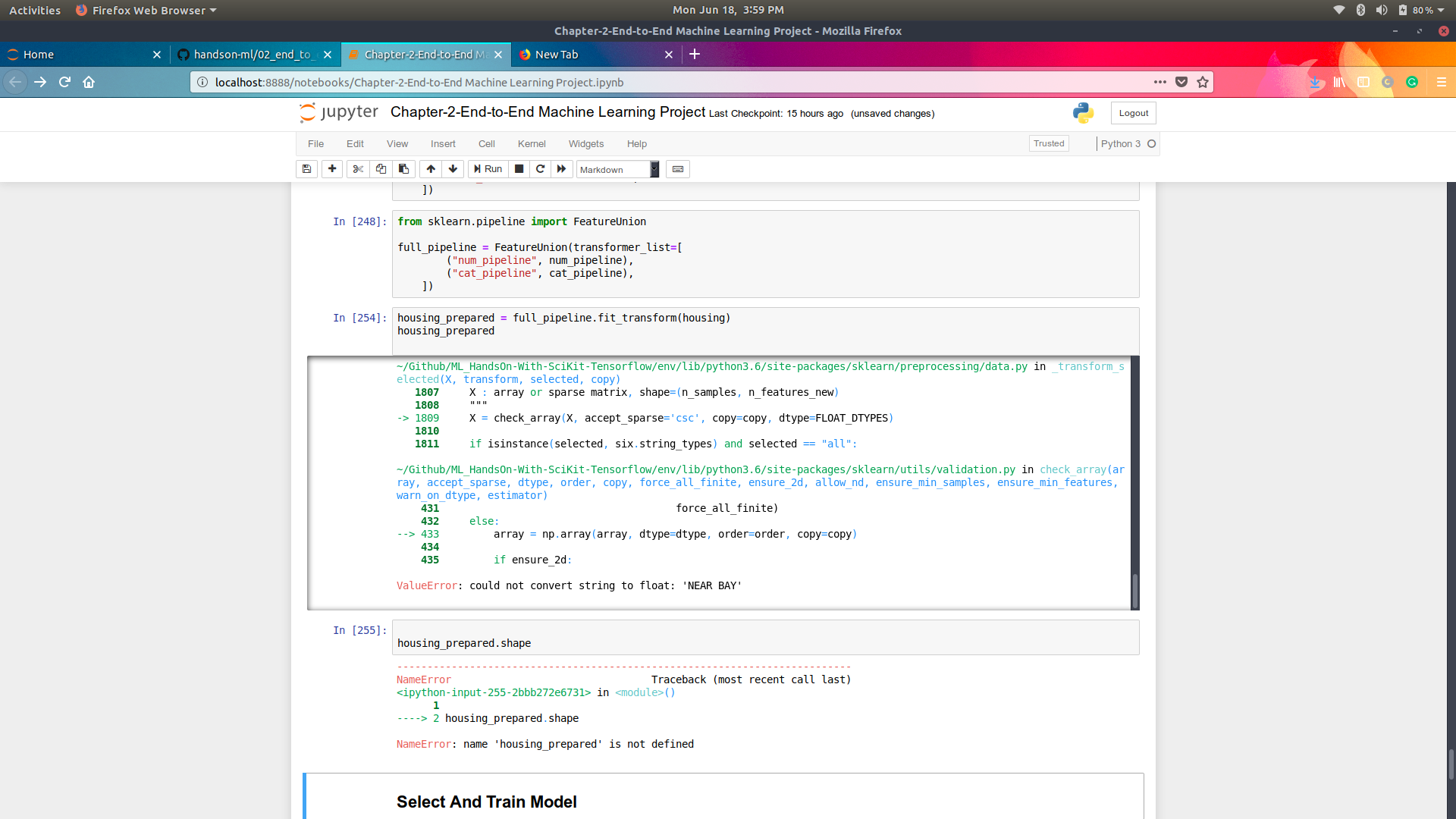


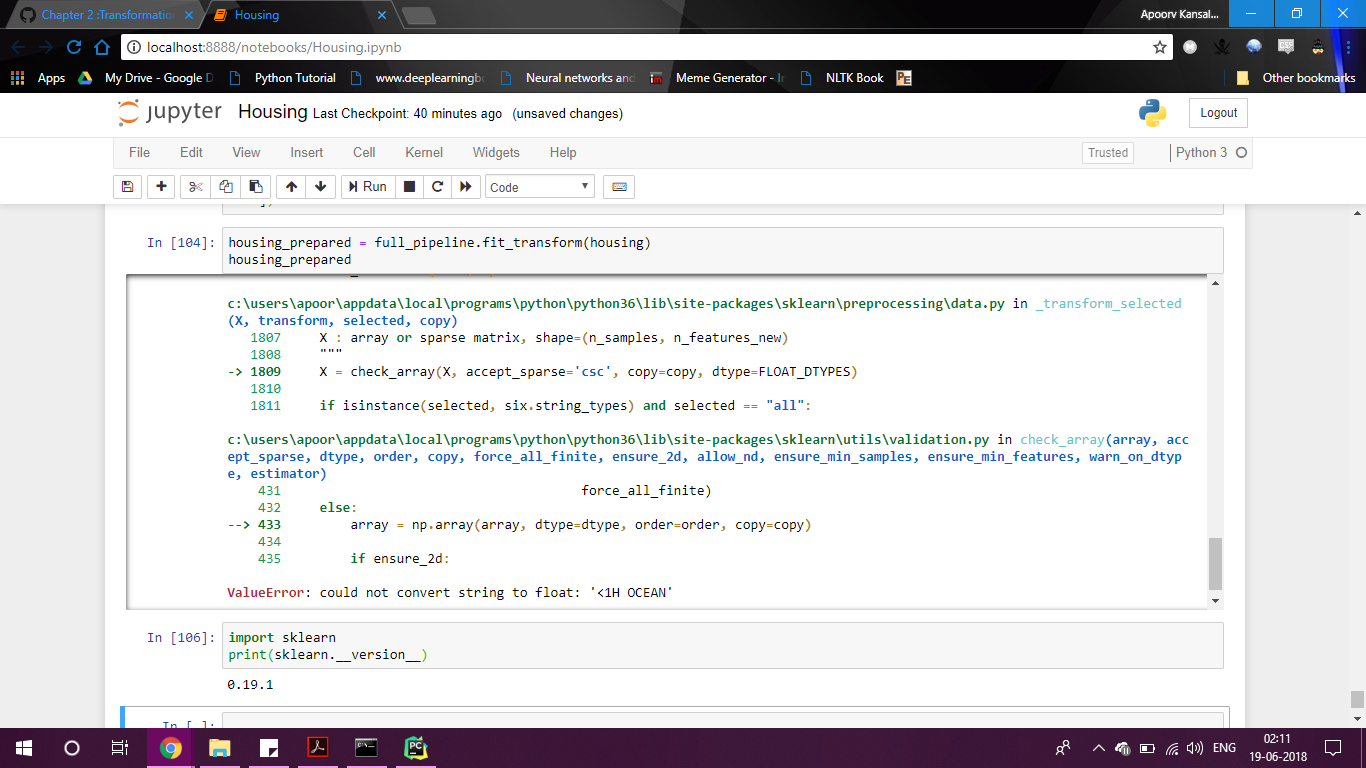



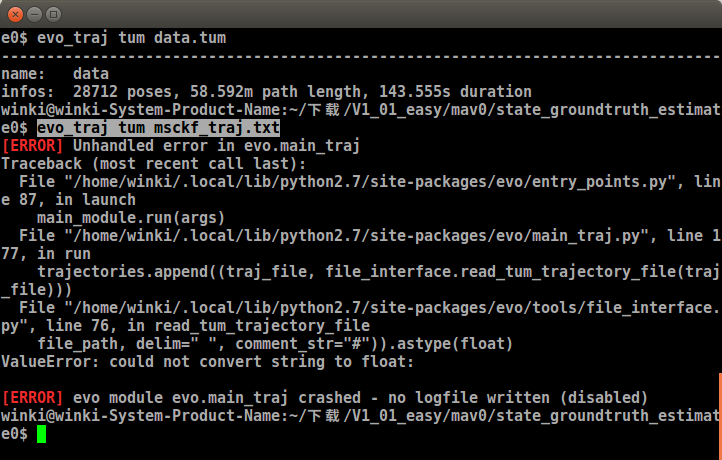











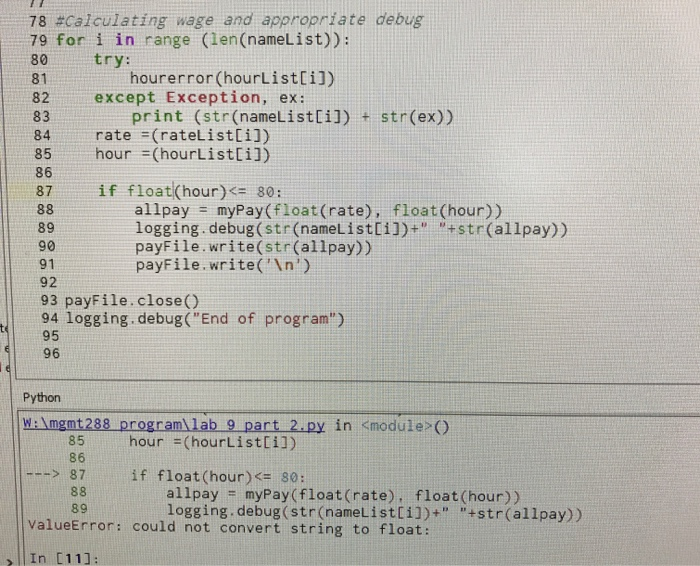
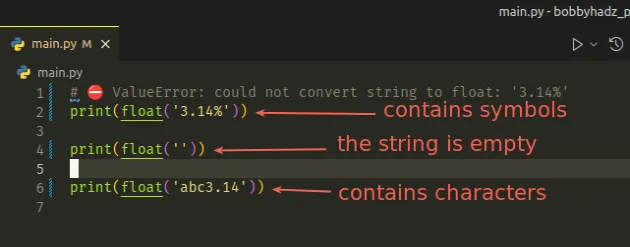

![SOLVED] Valueerror: could not convert string to float: Solved] Valueerror: Could Not Convert String To Float:](https://itsourcecode.com/wp-content/uploads/2023/06/valueerror-could-not-convert-string-to-float.png)



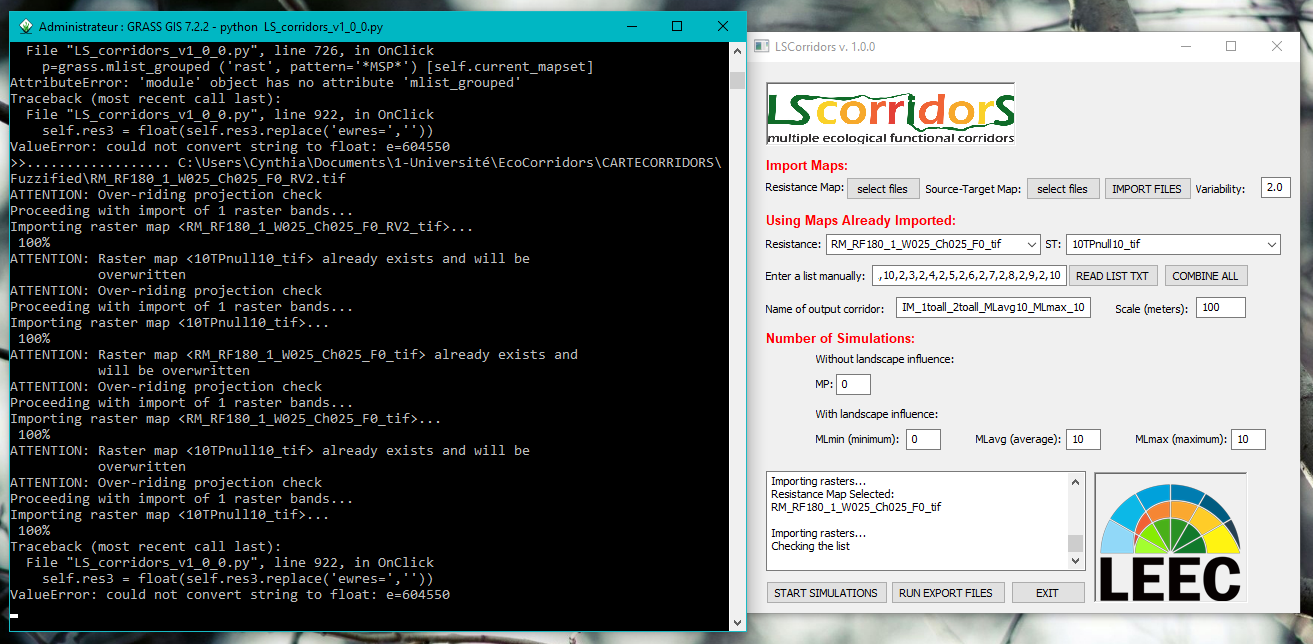



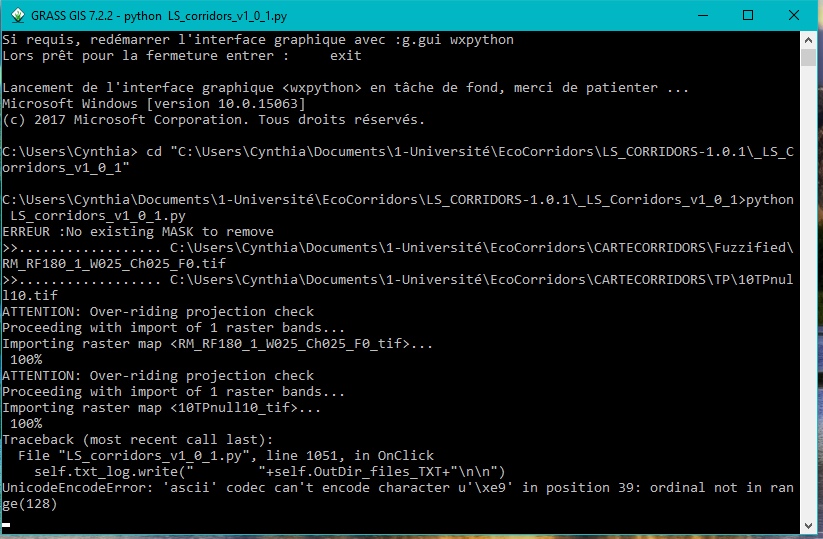




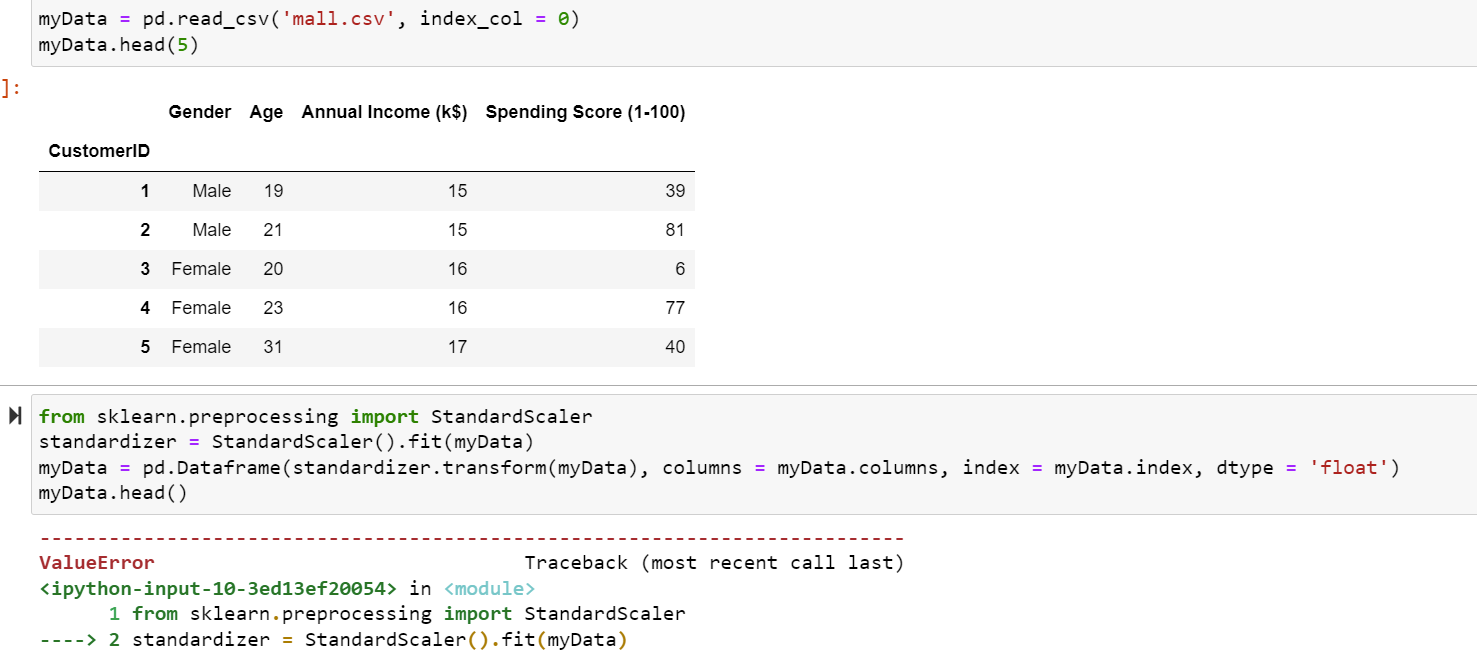





Article link: valueerror could not convert string to float.
Learn more about the topic valueerror could not convert string to float.
- ValueError: could not convert string to float in Python
- ValueError: could not convert string to float: id – Stack Overflow
- Fix ValueError: could not convert string to float – Codedamn
- Convert String to Float in Python – GeeksforGeeks
- Convert String to Float and Back in Java | Baeldung
- Converting Pandas DataFrame Column from Object to Float – Datagy
- ValueError: could not convert string to float in Python
- How to Fix in Pandas: could not convert string to float – Statology
- How to fix ValueError: could not convert string to float
- Valueerror: could not convert string to float: Easy ways to fix it …
- Could Not Convert String To Float Python
- Python valueerror: could not convert string to float Solution | CK
- Solved: ValueError: could not convert string to float
- ValueError: could not convert string to float – Yawin Tutor
See more: https://nhanvietluanvan.com/luat-hoc